

Basic Offshore Safety
Basic Offshore Safety
Personnel engaged on an offshore installation or new to the offshore oil and gas sector are the target audience for Basic Offshore Safety & HUET offshore survival training.
The safety regulations and safety management systems in place to control and mitigate the risks associated with working on offshore sites will be explained to delegates at a basic level. The HUET course is a component of Basic Offshore Safety and is included in it. Nonetheless, candidates may also choose to take the HUET course alone.
COURSE CONTENT:
- Basic offshore safety and introduction
- Elementary first-aid
- Fire prevention and fire-fighting
- Sea survival technique
- HUET(Helicopter underwater escape training)
DURATION: 3 DAYS

H2S
Hydrogen Sulphide Gas Hazard Safety Course
The H2S Safety training is designed for individuals who work in environments where H2S gas contamination is possible.
All employees in the oil and gas industry who may come into contact with hydrogen sulphide while doing their duties must receive training on the subject.
Accepted Practices for Hydrogen Sulphide (H2S) course Programmes, ANSI Z390.1, OSHA 29 CFR 1910 and 1926, and other regulatory standards are partially satisfied by this course. Theory and practice on SCBA sets, and the Cascade Breathing System comprise the H2S course. Participants in the course will be able to understand the importance of H2S gas monitoring equipment as well as the risks associated with hydrogen sulphide and its effects on humans.
COURSE CONTENT:
- Introduction to H2S, Characteristics and Hazards
- Detection & Identification
- Assessment of Risk and precautions to be taken before entry into enclosed/confined spaces.
- Effects of H2S on Human Body
- Rescue Procedures and Administering First Aid
- Use of Breathing Apparatus including procedures for its check
- Ppm (parts per million) understanding with reference
DURATION: 1 DAYS

Confined Space Entry
Confined Space Entry
The goal of the training is to prepare participants to carry out these responsibilities effectively and securely in both routine and emergency scenarios. The training covers a variety of topics related to operating a helicopter at an offshore mining facility, such as the dangers involved, identifying potentially hazardous places, the access and exit points for the helideck and the aircraft, and the application of personal protective equipment.
COURSE CONTENT:
- Confined space survey.
- Confined space entry preparation.
- AGT test and lightning.
- Ventilation and oxygen level.
- Isolation of working area.
- Emergency support and rescue.
- Entrant attendance and running care.
DURATION: 3 DAYS
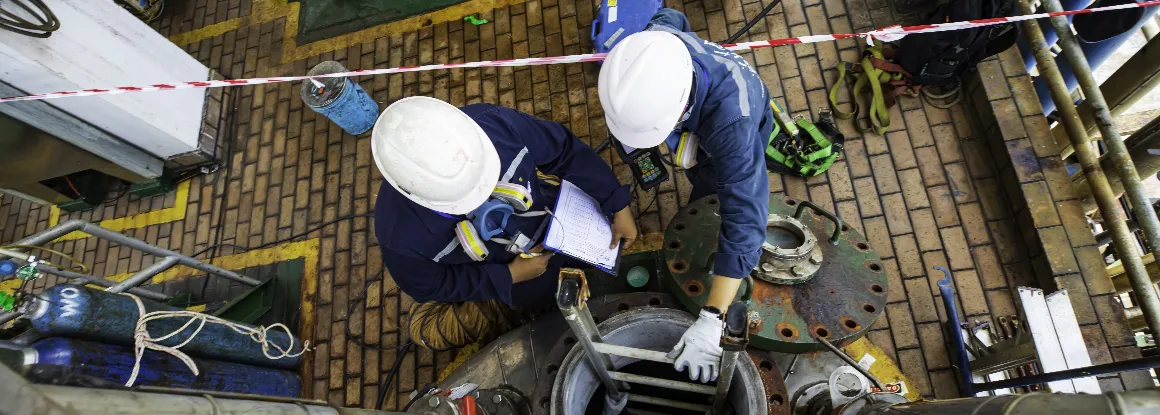
Confined Space and Hole Watch Attendant
Confined Space and Hole Watch Attendant
The basic training requirements for individuals designated as Confined Space Entry Hole Watch / Safety Watch are covered in this one-hour session.
The purpose of this training is to educate participants about entry attendant duties and responsibilities, as well as the risks associated with working in restricted spaces.
COURSE CONTENT:
- Count entrant.
- Walky-talky handling.
- Attention on hole (path).
- Attendance incoming and outgoing.
- Support and relation to rescue team.
DURATION: 1 DAYS

Crane Operator Phase -1
Crane Operator Phase -1
The offshore crane operator course comprises of three days of hands-on instruction on a 30-ton crane at the quayside followed by two days of theory on crane mechanism, safety cut outs, and load stability. The candidate's job is to carry loads across barricaded squares using a crane. By the end of the training, it is guaranteed that the candidate will be able to transfer a load without coming into contact with the barricade chain, giving them the control to take up, steady, and prevent swinging of the load.
COURSE CONTENT:
- Familiar with offshore crane
- Knowledge of lever
- Knowledge of winch and wire rope
- Boom handling
- Lifting and dropping
DURATION: 4 DAYS

Advance Fire-Fighting (For Offshore)
Advance Fire-Fighting (For Offshore)
All officers are required to take the Advanced Fire Fighting course. The training equips the participant with the necessary information and abilities to guide a crew in the event of a fire. In addition, the training participant learns what to do in the event that a shipboard fire is discovered.
COURSE CONTENT:
- Familiar with fire-fighting equipment's
- Fire-fighting process-smothering, starving and cooling
- Preparation of fire-extinguisher
- Fire-fighting (ppt)
- Emergency support familiarization with phrase word
DURATION: 5 DAYS
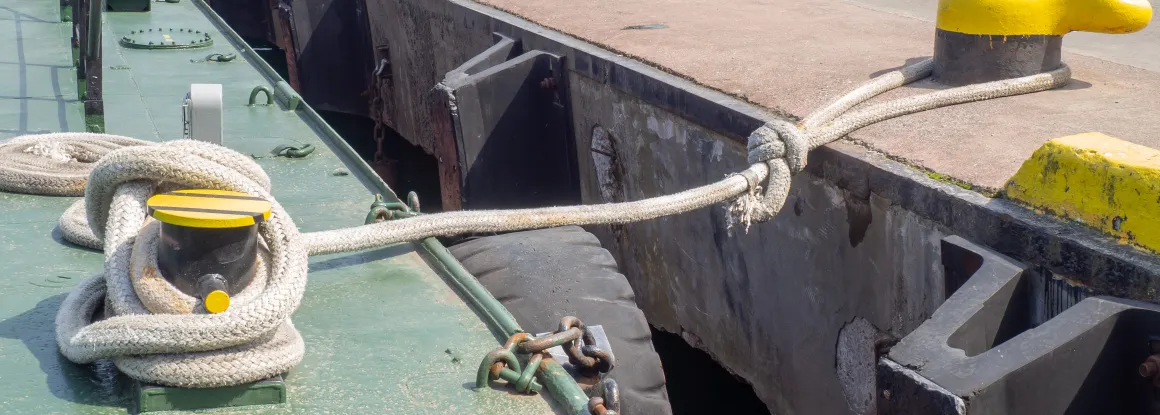
Anchor Handling (Supply Vessel)
Anchor Handling (Supply Vessel)
The goal of the Anchor Handling and Towing Course is to improve safety and provide students with a comprehensive understanding of the theory and practice of winch operation and anchor handling. The primary purpose of Anchor Handling Tug Supply (AHTS) vessels is to manage the anchors of oil rigs and platforms, transport them to their destination, secure them, and occasionally function as Emergency Rescue and Recovery Vessels (ERRVs). As part of their supply job, they move supplies and equipment to and from offshore drilling rigs. The purpose of this course is to give mobile offshore drilling units (MODU) good practice, particularly in anchor handling operations.
COURSE CONTENT:
- Anchor shape, size and weight
- Anchor closing and opening
- Anchor dropping
- Opening up and use of jerk
- Knowledge of mud type
- Anchor move away
DURATION: 2 DAYS
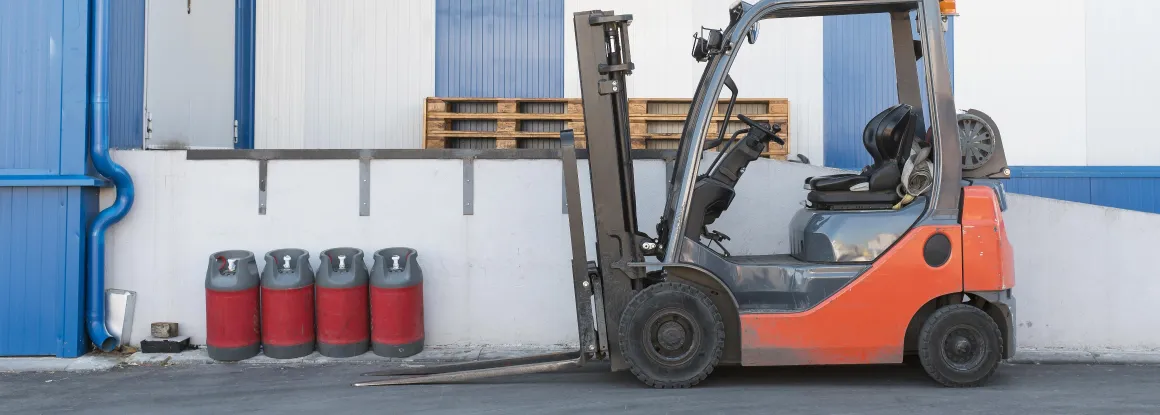
Fork-Lift (Ground Transport)
Fork-Lift (Ground Transport)
The purpose of forklift operator training is to give prospective forklift drivers theoretical and hands-on instruction in the fundamentals of safe equipment operation.
The first day of the two-day course covers theories on forklift stability and safety. Day 2 is dedicated to forklift practice.
COURSE CONTENT:
- PACKET UNDERSTANDING SHAPE, SIZE, WEIGHT
- PROCESS OF WORKING
- BACK AND FORTH VIEWING
- LOW SPEED WORK
- INCLINATION OF LIFTING AND RIDING
DURATION: 3 DAYS
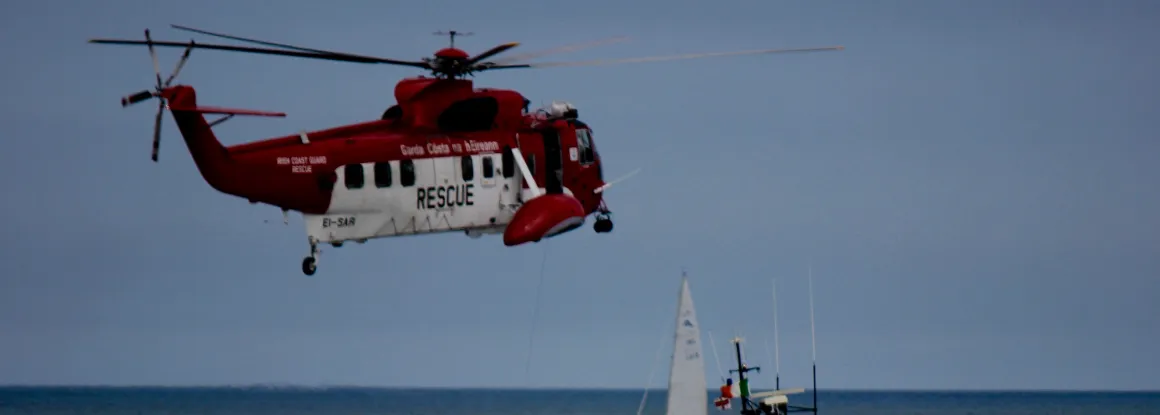
HUET
Helicopter Underwater Escape Training
Personnel engaged on an offshore installation or new to the offshore oil and gas sector are the target audience for HUET offshore survival training.
The safety regulations and safety management systems in place to control and mitigate the risks associated with working on offshore sites will be explained to delegates at a basic level. By default, the HUET course is a component of BOSIET and is included in it. However, candidates may also choose to take the HUET course alone.
COURSE CONTENT:
- Familiar with lifejacket and sitting in helicopter.
- Opening the seat belt.
- Window opening.
- Escape from window and open life jacket.
- Take the support on water surface.
- Manage the mental stress when sinking.
DURATION: 1 DAYS
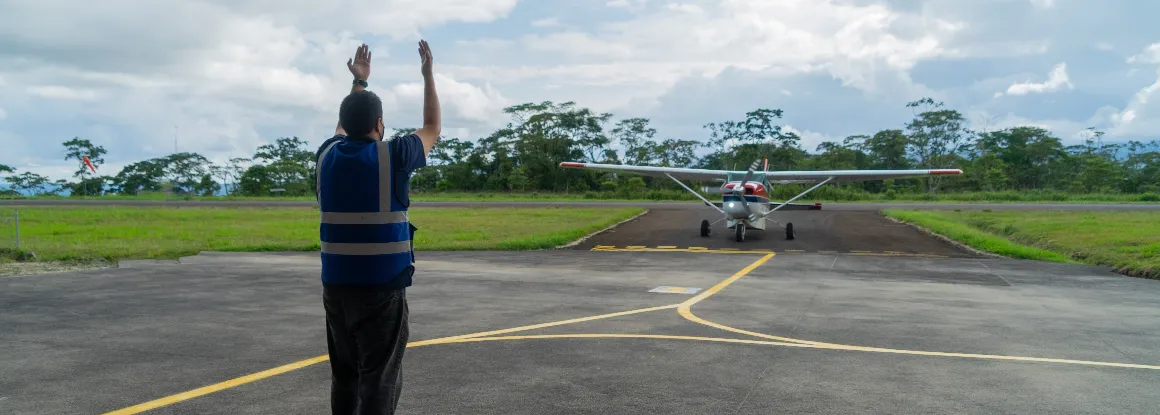
HLA
Helicopter Landing Assistant
The goal of the training is to prepare participants to carry out these responsibilities effectively and securely in both routine and emergency scenarios. The training covers a variety of topics related to operating a helicopter at an offshore mining facility, such as the dangers involved, identifying potentially hazardous places, the access and exit points for the helideck and the aircraft, and the application of personal protective equipment.
COURSE CONTENT:
- Familiar with helideck
- Work with HLO
- Simple knowledge of fire-fighting and first-aid
- Emergency situation work
- Active with meeting
DURATION: 2 DAYS

HLO
Helicopter Landing Officer Refresher
The HLO Training Program's goals are to provide the delegate with the foundational knowledge, comprehension, and abilities needed to carry out the duties of an offshore helicopter landing officer (HLO) in a safe and efficient manner.
HLOs should be aware of the significance of preparing ahead and the essential components of the required reaction for various helideck and helicopter crises. Recognise how NUI helideck emergency response may be impacted by the restricted emergency response capacity on a NUI. The functions of the HLO in the event of a helicopter emergency.
COURSE CONTENT:
- Familiar with helideck operation
- Good communication and documentation
- Emergency handling ability
- Work with radio officer and OIM
- Meeting with co-operator
- Signal for landing
DURATION: 3 DAYS

Rigger, Slinger, and Banksman
Rigger, Slinger, and Banksman
Personnel that oversee or participate directly in rigging and lifting operations, including crane lifting, are eligible for lifting operations training. There are many opportunities to demonstrate the proper and safe use of equipment during practical exercises. The purpose of this course is to give candidates the necessary legal information and comprehension, as well as the skills and techniques needed for lifting operations and the proper and safe use of equipment R.
COURSE CONTENT:
- Packing and lifting support
- Familiar with different type of packet
- Knowledge of suckle and wire
- Support collection and wolky-tolky operation
- Signal for operation (hand signal)